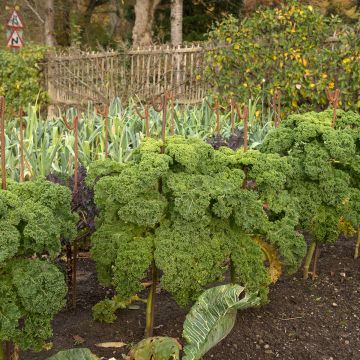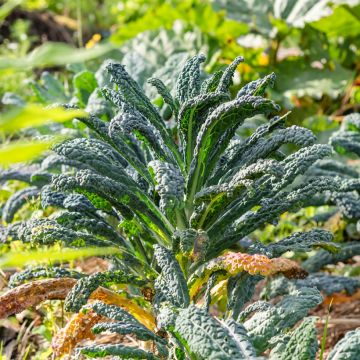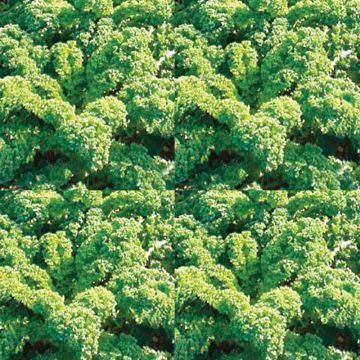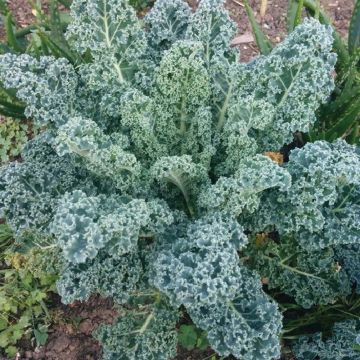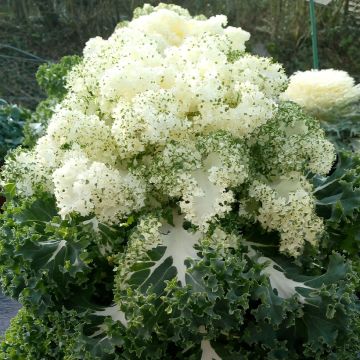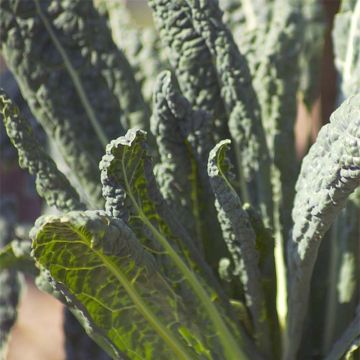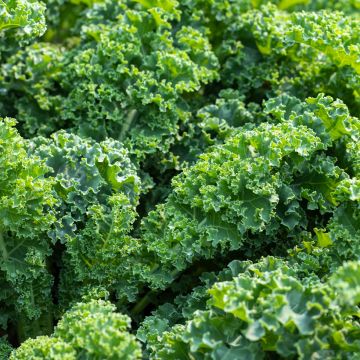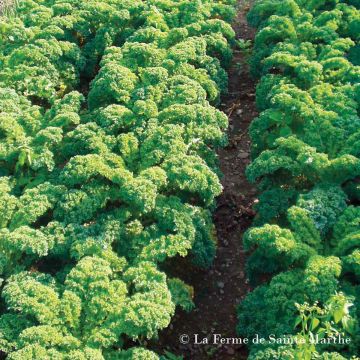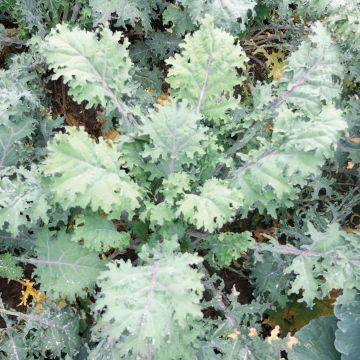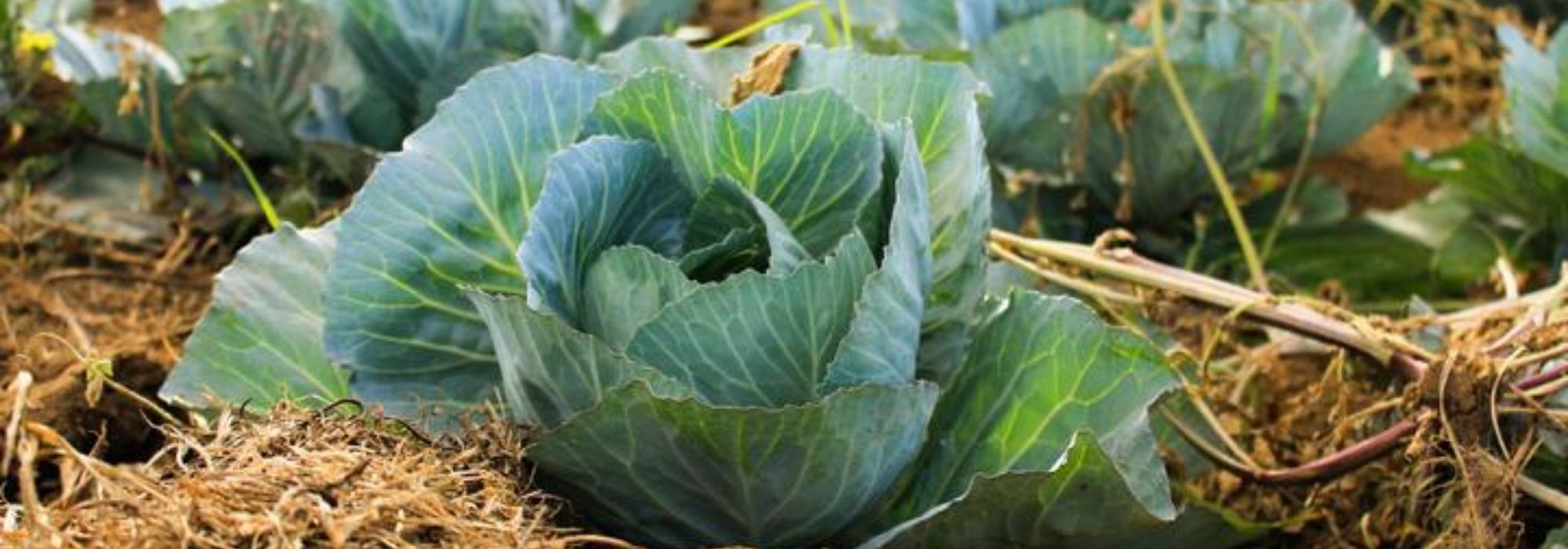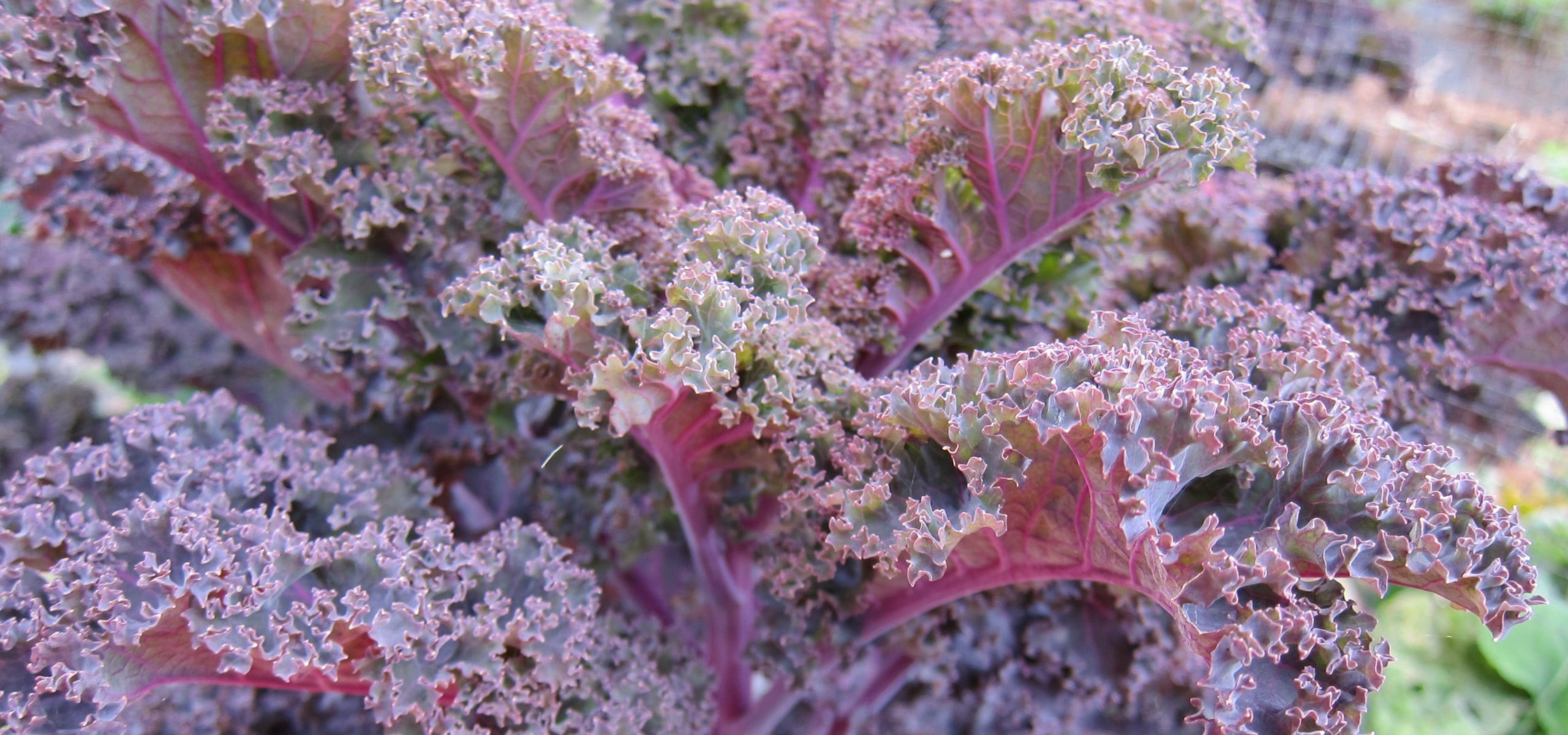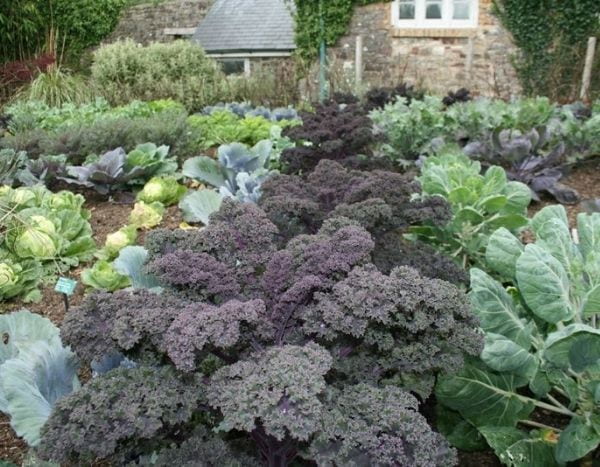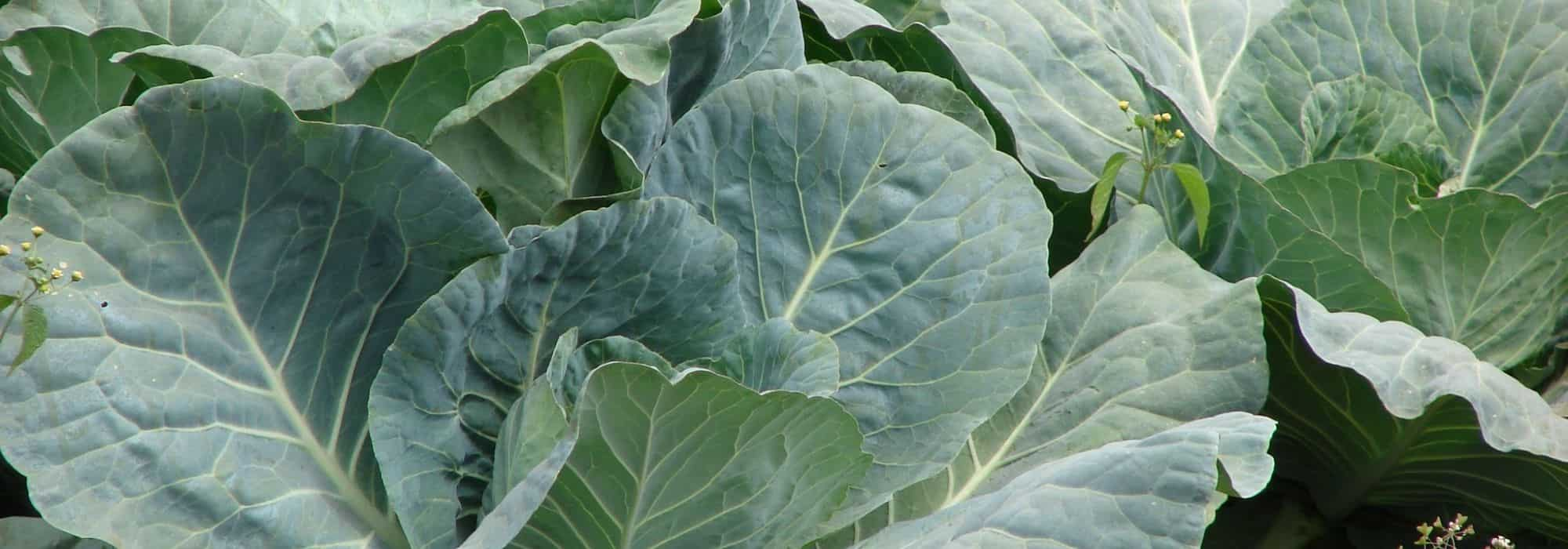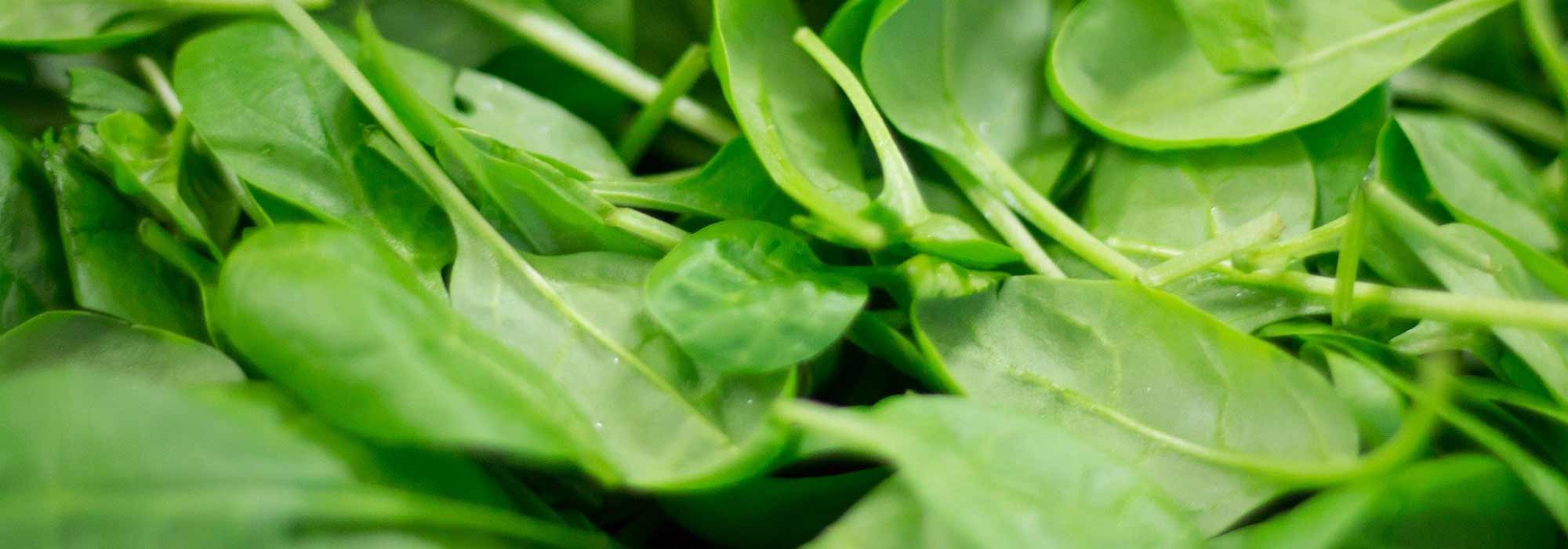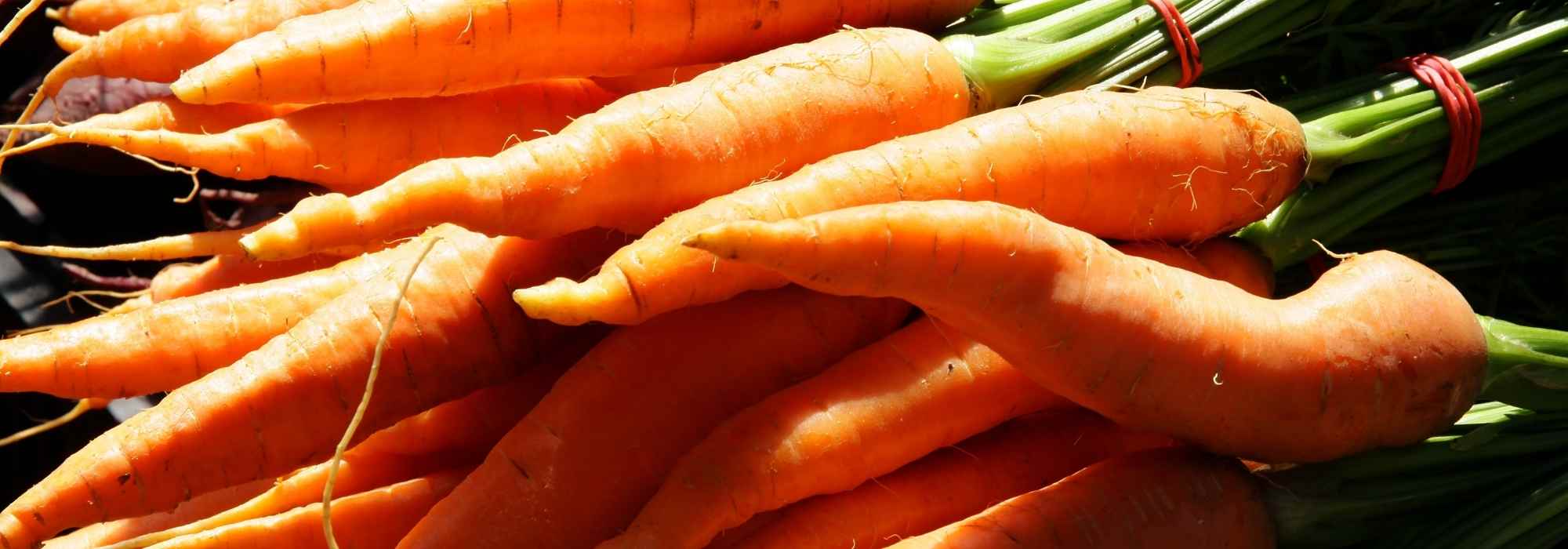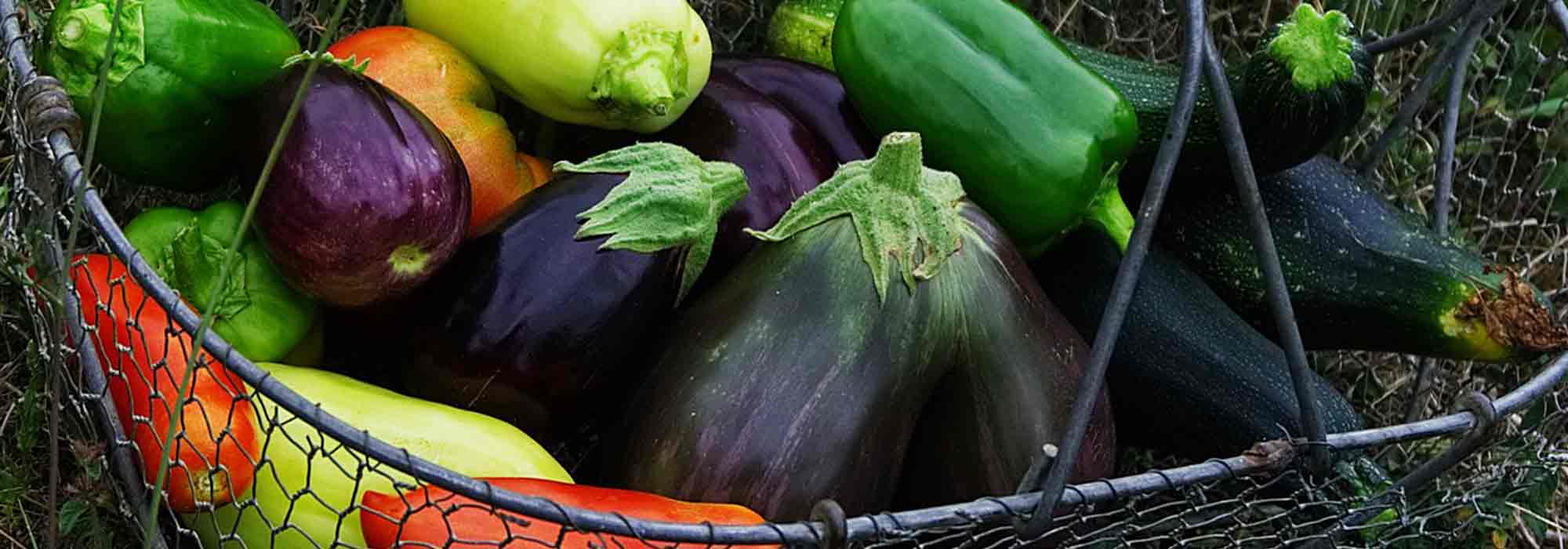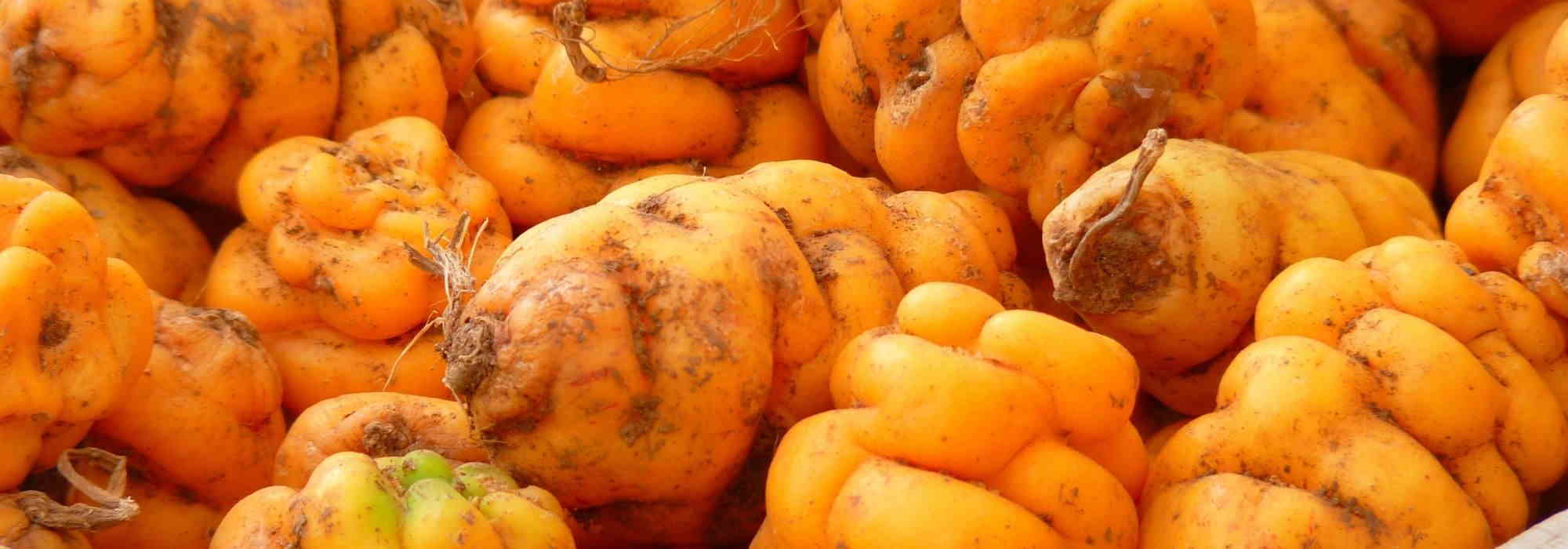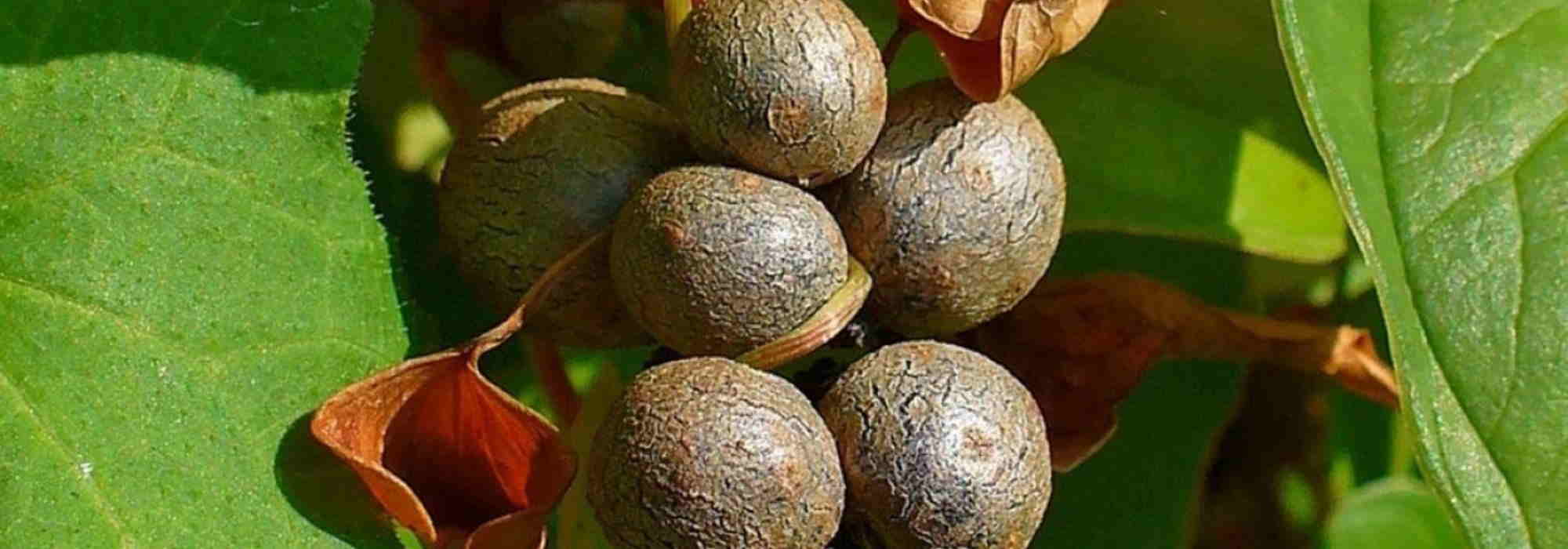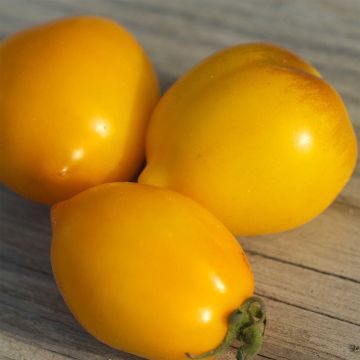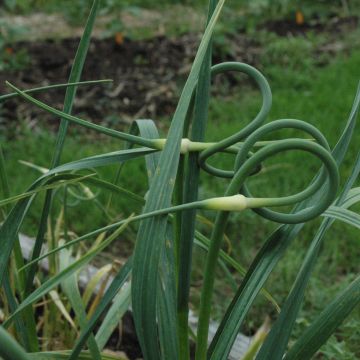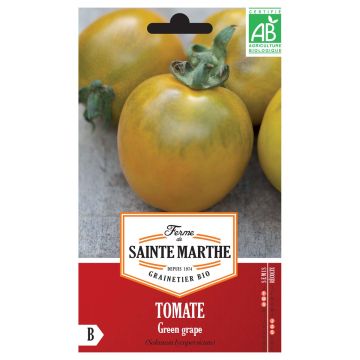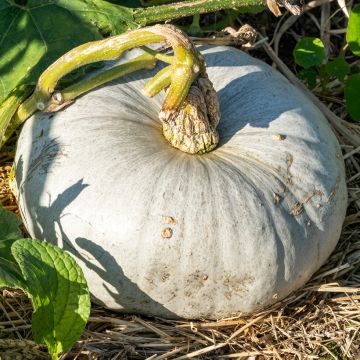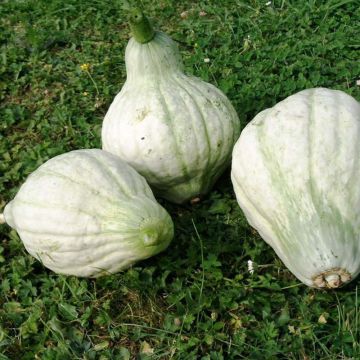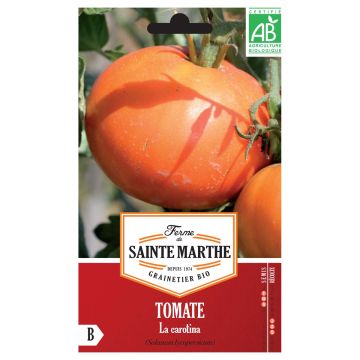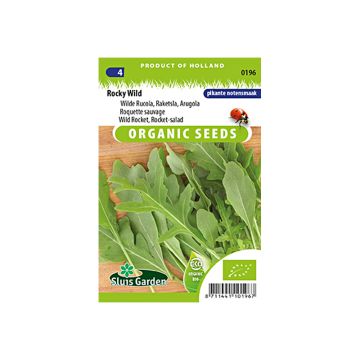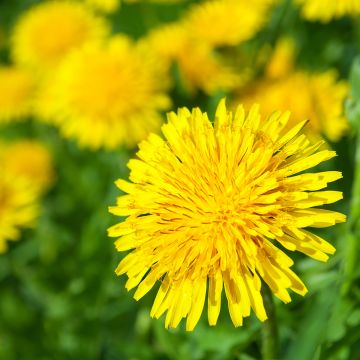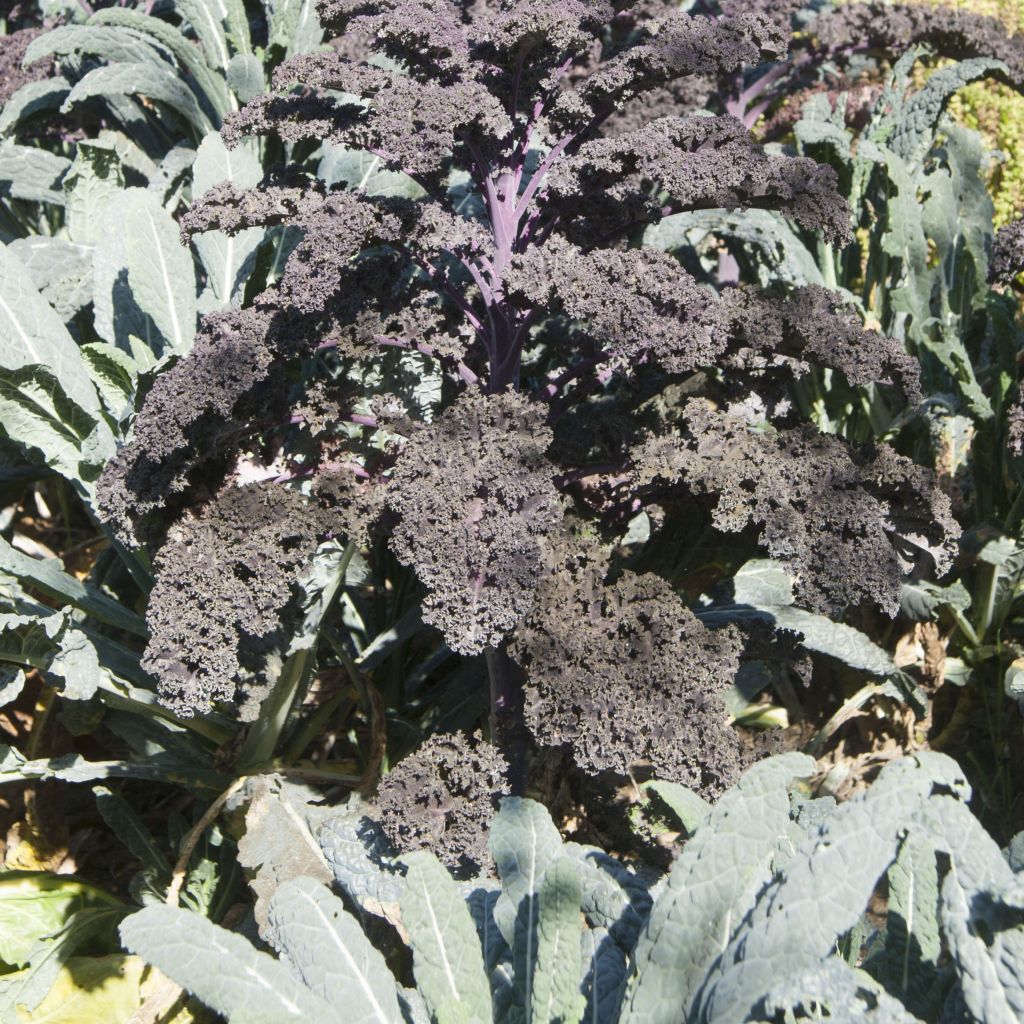

Brassica oleracea Redbor
Brassica oleracea Redbor
Brassica oleracea redbor
Curly kale 'Redbor', Borecole 'Redbor'
Brilliant! The kale shoots have really grown well and still look magnificent 15 days before Christmas. Highly recommended!
Nathalie, 16/12/2023
Special offer!
Receive a €20 voucher for any order over €90 (excluding delivery costs, credit notes, and plastic-free options)!
1- Add your favorite plants to your cart.
2- Once you have reached €90, confirm your order (you can even choose the delivery date!).
3- As soon as your order is shipped, you will receive an email containing your voucher code, valid for 3 months (90 days).
Your voucher is unique and can only be used once, for any order with a minimum value of €20, excluding delivery costs.
Can be combined with other current offers, non-divisible and non-refundable.
Why not try an alternative variety in stock?
View all →This plant carries a 6 months recovery warranty
More information
We guarantee the quality of our plants for a full growing cycle, and will replace at our expense any plant that fails to recover under normal climatic and planting conditions.


Description
'Redbor' F1 Kale is a variety that is both highly decorative and rich in nutrients. With its upright habit and highly fringed foliage, its silhouette resembles that of a small palm tree. Crimson red, its colour intensifies with the arrival of cold weather until it becomes wine-coloured. It easily reaches a height of 80cm (32in) or more. The leaves of this kale can be consumed raw and add a beautiful colourful note to salads. For cooked consumption, steam them so that they retain some of their colour and all their crunchiness. 'Redbor' kale plug plants are planted in spring or summer in rich and moist soil in full sun or partial shade. It can be harvested all year round. This variety can be grown in pots on a balcony or patio.
A favourite among Americans, kale is an ancient variety of green cabbage with exceptional nutritional values: it contains more vitamin C than an orange and more calcium than a glass of milk! Low in calories, rich in minerals, and detoxifying, this cabbage, still relatively unknown in Europe, is gaining a prominent place in our kitchens.
Sometimes known as borecole, rabbit cabbage or cow cabbage, this nutritional phenomenon has slightly tough fringed foliage that varies in colour from green to dark red. It is a cabbage that does not form a head. It belongs to the large Brassicaceae family (formerly Cruciferae) and bears the Latin name Brassica oleracea.
Very common on medieval tables and then relegated to the rank of fodder, kale has experienced a spectacular craze in the United States. It can be consumed raw in salads or quickly steamed and then prepared in various ways: quickly sautéed, gratin, in quiche, or mashed. This "Super Healthy Food" can also be incorporated into all kinds of preparations like fruit smoothies. If you lack inspiration, there are several recipe books dedicated solely to this particular cabbage.
Kale is very easy to grow as it requires little space and has excellent hardiness (at least down to -10°C (14 °F)). It also seems to better resist potential pest attacks. Note, however, that like almost all cabbages, it requires excellent organic fertiliser and regular moisture.
Harvest: pick the leaves around the plant, which will continue to grow and produce new leaves. Kale can be harvested from the young leaf stage until it reaches maturity.
Storage: this cabbage can be stored for a few days in the refrigerator, but since it would be a shame to miss out on its vitamins, we recommend consuming it quickly after harvesting. It freezes very well after being blanched for 3 minutes in salted boiling water.
Gardener's tip: to keep it moist in summer and protect it from the cold in winter, we recommend mulching the soil with thin successive layers of clippings, if possible mixed with dead leaves. This protection also limits weed growth.
Note: please be aware that our young plug plants are professional products reserved for experienced gardeners. Upon receipt, transplant and store them under cover (veranda, greenhouse, cold frame) at a temperature above 14°C (57.2°F) for a few weeks before being installed outdoors once all risk of frost has passed.
Harvest
Plant habit
Foliage
Other Kale
View all →Planting and care
Kale is grown in full sun or partial shade. It is a greedy vegetable that requires well-rotted soil, rich in nitrogen and potash. It is advisable to make a generous compost addition (about 3/4 kg per m²) in autumn, by raking to a depth of 5cm (2in), after loosening the soil as you would for any vegetable cultivation.
Planting takes place in spring, in April-May. Dig a hole (3 times the volume of the root ball), place the root ball and cover with soil. Firmly press down and water to keep the soil moist. Regularly water at the base of the plant, but not in excess. Place mulch around the base of the plants.
It is not very tolerant of soil pH, which should be between 5.6 and 6.5. In acidic soil, gradually increase the pH by adding calcium in the form of dolomite or lime. It is beneficial to associate it with other crops, such as tomatoes or lettuce. Avoid planting it next to other Brassicaceae as well as courgette, fennel, lamb's lettuce, leeks, and strawberries.
Cultivation
Care
Intended location
Planting & care advice
-
, onOrder confirmed
Reply from on Promesse de fleurs
Similar products
Haven't found what you were looking for?
Hardiness is the lowest winter temperature a plant can endure without suffering serious damage or even dying. However, hardiness is affected by location (a sheltered area, such as a patio), protection (winter cover) and soil type (hardiness is improved by well-drained soil).

Photo Sharing Terms & Conditions
In order to encourage gardeners to interact and share their experiences, Promesse de fleurs offers various media enabling content to be uploaded onto its Site - in particular via the ‘Photo sharing’ module.
The User agrees to refrain from:
- Posting any content that is illegal, prejudicial, insulting, racist, inciteful to hatred, revisionist, contrary to public decency, that infringes on privacy or on the privacy rights of third parties, in particular the publicity rights of persons and goods, intellectual property rights, or the right to privacy.
- Submitting content on behalf of a third party;
- Impersonate the identity of a third party and/or publish any personal information about a third party;
In general, the User undertakes to refrain from any unethical behaviour.
All Content (in particular text, comments, files, images, photos, videos, creative works, etc.), which may be subject to property or intellectual property rights, image or other private rights, shall remain the property of the User, subject to the limited rights granted by the terms of the licence granted by Promesse de fleurs as stated below. Users are at liberty to publish or not to publish such Content on the Site, notably via the ‘Photo Sharing’ facility, and accept that this Content shall be made public and freely accessible, notably on the Internet.
Users further acknowledge, undertake to have ,and guarantee that they hold all necessary rights and permissions to publish such material on the Site, in particular with regard to the legislation in force pertaining to any privacy, property, intellectual property, image, or contractual rights, or rights of any other nature. By publishing such Content on the Site, Users acknowledge accepting full liability as publishers of the Content within the meaning of the law, and grant Promesse de fleurs, free of charge, an inclusive, worldwide licence for the said Content for the entire duration of its publication, including all reproduction, representation, up/downloading, displaying, performing, transmission, and storage rights.
Users also grant permission for their name to be linked to the Content and accept that this link may not always be made available.
By engaging in posting material, Users consent to their Content becoming automatically accessible on the Internet, in particular on other sites and/or blogs and/or web pages of the Promesse de fleurs site, including in particular social pages and the Promesse de fleurs catalogue.
Users may secure the removal of entrusted content free of charge by issuing a simple request via our contact form.
The flowering period indicated on our website applies to countries and regions located in USDA zone 8 (France, the United Kingdom, Ireland, the Netherlands, etc.)
It will vary according to where you live:
- In zones 9 to 10 (Italy, Spain, Greece, etc.), flowering will occur about 2 to 4 weeks earlier.
- In zones 6 to 7 (Germany, Poland, Slovenia, and lower mountainous regions), flowering will be delayed by 2 to 3 weeks.
- In zone 5 (Central Europe, Scandinavia), blooming will be delayed by 3 to 5 weeks.
In temperate climates, pruning of spring-flowering shrubs (forsythia, spireas, etc.) should be done just after flowering.
Pruning of summer-flowering shrubs (Indian Lilac, Perovskia, etc.) can be done in winter or spring.
In cold regions as well as with frost-sensitive plants, avoid pruning too early when severe frosts may still occur.
The planting period indicated on our website applies to countries and regions located in USDA zone 8 (France, United Kingdom, Ireland, Netherlands).
It will vary according to where you live:
- In Mediterranean zones (Marseille, Madrid, Milan, etc.), autumn and winter are the best planting periods.
- In continental zones (Strasbourg, Munich, Vienna, etc.), delay planting by 2 to 3 weeks in spring and bring it forward by 2 to 4 weeks in autumn.
- In mountainous regions (the Alps, Pyrenees, Carpathians, etc.), it is best to plant in late spring (May-June) or late summer (August-September).
The harvesting period indicated on our website applies to countries and regions in USDA zone 8 (France, England, Ireland, the Netherlands).
In colder areas (Scandinavia, Poland, Austria...) fruit and vegetable harvests are likely to be delayed by 3-4 weeks.
In warmer areas (Italy, Spain, Greece, etc.), harvesting will probably take place earlier, depending on weather conditions.
The sowing periods indicated on our website apply to countries and regions within USDA Zone 8 (France, UK, Ireland, Netherlands).
In colder areas (Scandinavia, Poland, Austria...), delay any outdoor sowing by 3-4 weeks, or sow under glass.
In warmer climes (Italy, Spain, Greece, etc.), bring outdoor sowing forward by a few weeks.






























